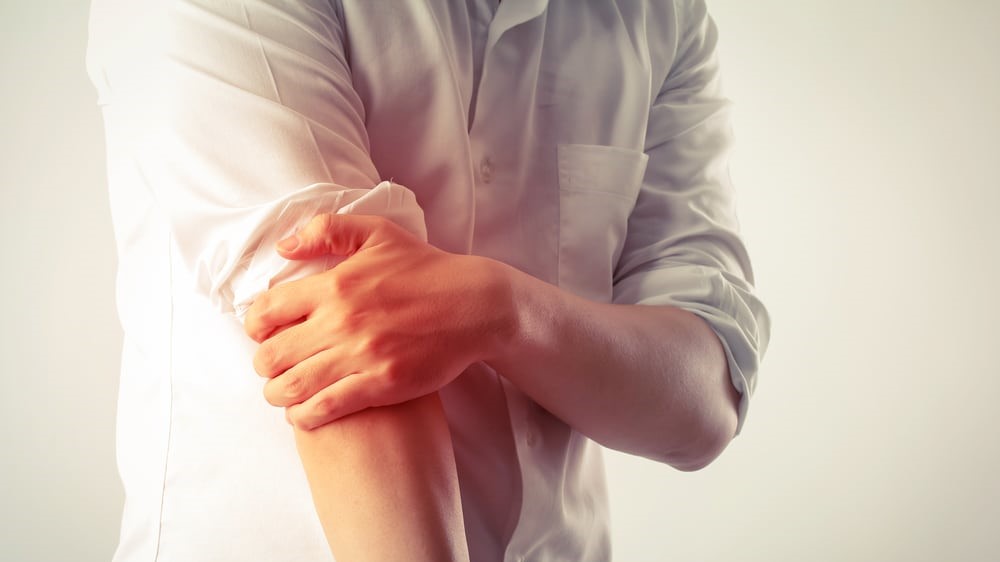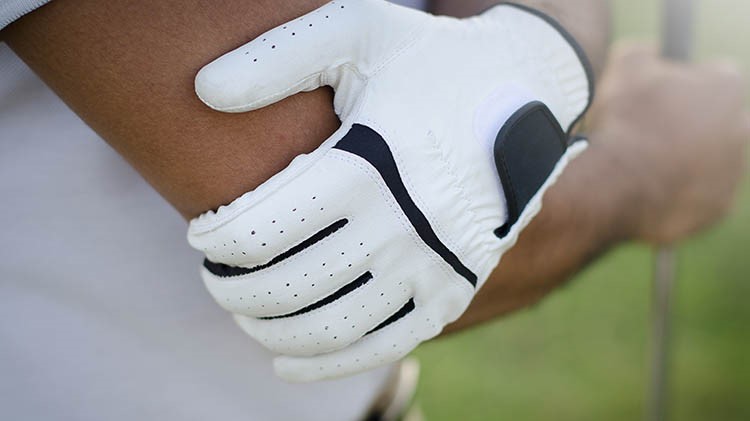Elbow Fracture

The elbow is a hinge joint that enables you to move your forearm – the bone connecting your elbow and wrist – in back and forth motion. It is also because of your elbow that you move your palm in rotation or up and down motion freely. There are three bones that elbow supports – humerus, radius and ulna. Elbow fractures are the fractures of the forearm and upper arm bones. These are also related to vascular and nerve injuries.
At times, a serious elbow injury can also pull the joint bones out of position, affecting the range of motion and stability.
Elbow Dislocation

Elbow dislocation is a rare elbow injury that occurs when the humerus (lower part of the arm bone) and radius & ulna (upper end of the forearm) bones are separated. It can be partial or complete. In a complete dislocation, the surfaces of the joint are entirely separated while in partial dislocation (also called subluxation), the joint surfaces are attached partially. A dislocated elbow is also related to ligament injuries, fractures, and damage to nerves and blood vessels.
Typically, elbow dislocation can be a result of a fall on an outstretched arm and is most common in children.
Golfer’s Elbow

Golfer’s elbow, or medial epicondylitis, is a condition that affects the inner part of the elbow due to overuse. It is very similar to tennis elbow when it comes to causes and symptoms. It is a kind of tendinitis that results in irritation or inflammation of a tendon. The tendon connecting your elbow and wrist goes through small tears because of injury of overuse. When you experience a Golfer’s elbow, you will find it difficult to bend your wrist in direction of the forearm.
The condition of medial epicondylitis puts the wrist and forearm in continual strain. The treatment is determined based on its severity.
Tennis Elbow

Tennis Elbow, also called lateral epicondylitis, is a condition caused by the overuse of the elbow. As the name suggests, playing a lot of tennis or other sports that use racquets, such as badminton can also result in this condition.
It is micro-tearing or inflammation of the tendons that connect the forearm muscles on the exterior of the elbow. However, you must also know that you can have a tennis elbow even when you are not into sports activities.
It is micro-tearing or inflammation of the tendons that connect the forearm muscles on the exterior of the elbow. However, you must also know that you can have a tennis elbow even when you are not into sports activities.
In a tennis elbow, your forearm muscles and tendons tear by repeated motions of the elbow for a long time, causing pain and tenderness.
Interventions
Important Links
Contact Us
Room No: 338, 3rd Floor
Yasodha Hospital
Somajiguda, Hyderabad.
+91 9456002345
drtdrreddy@gmail.com
© 2020 Dr TDR Reddy. All Rights Reserved.
Designed & Developed by Markay Technologies
